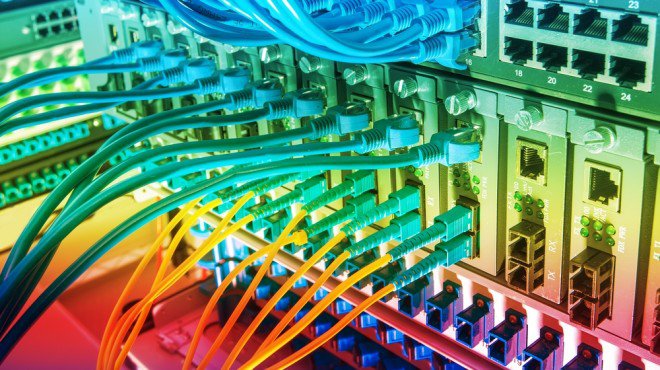For small businesses, broadband Internet access can be both helpful and awful. The high speed Internet access has allowed users to access the media-rich content. Unfortunately, in some areas, DSL could still be based on legacy telecommunication infrastructure with copper cables. These cables could be ill-equipped to carry high-frequency broadband signal. Our area could already have fiber optic backbone, but in many cases, the actual cables that go into houses and offices are still based on copper wiring. This could result in frequent dropouts and variable speeds during peak usages.
The problem could get worse when broadband providers seem to have glacial responses. Customers may need to jump through the hoops before they could find solutions. For many small businesses, this situation could result in reduction in productivity. However, in-house IT professionals may perform some improvements. Small business could invest on better routers and microfilters may need to be replaced. Every connection should be based on low-noise solutions, because data speed tends to degrade as signals jump between cables and connectors. When we do this, it is quite likely that we will see some improvements.
Ultimately, in some areas, broadband connection is like a lottery. A small business that resides in a building complex along with dozens of other businesses will need to share the same Internet access. The winner will enjoy a stable and fast Internet access. Unfortunately for the losers, they will experience a nostalgic data connection speed, reminiscent to the primitive, dial-up 56.6Kbps.
We may also need to deal with problematic wireless network. Many small businesses have abandoned cable-based networks to simplify the physical connections between computers and devices. Unfortunately, wireless connections could also become a problem, due to faulty settings. As an example, in a BYOD environment, each device could require special settings to connect with the network. It should be quite normal for wireless networks to work well with any machine, but there are cases when it doesn’t happen that way. In this case, some company computers could have problem connecting.
It may also be necessary to update the firmware on each device. In this case, we should make sure that software should be kept up to date. In this case, we may not have any clue how a problem could occur. There could be certain irritating issues and it is not too uncommon to see wireless networks that fail to work due to specific reasons. As an example, nearby houses or stores could also set up their wireless network and this may cause unintended interferences. In reality, wireless network is working on the same frequency band and things can become more complicated when airwaves are flooded.
Latest Android and iOS software versions are mature and robust in any corporate settings, but they could inexplicably stop receiving data from the wireless network. In this case, we may need to re-evaluate our wireless network and all devices should be validated to work in the network.
